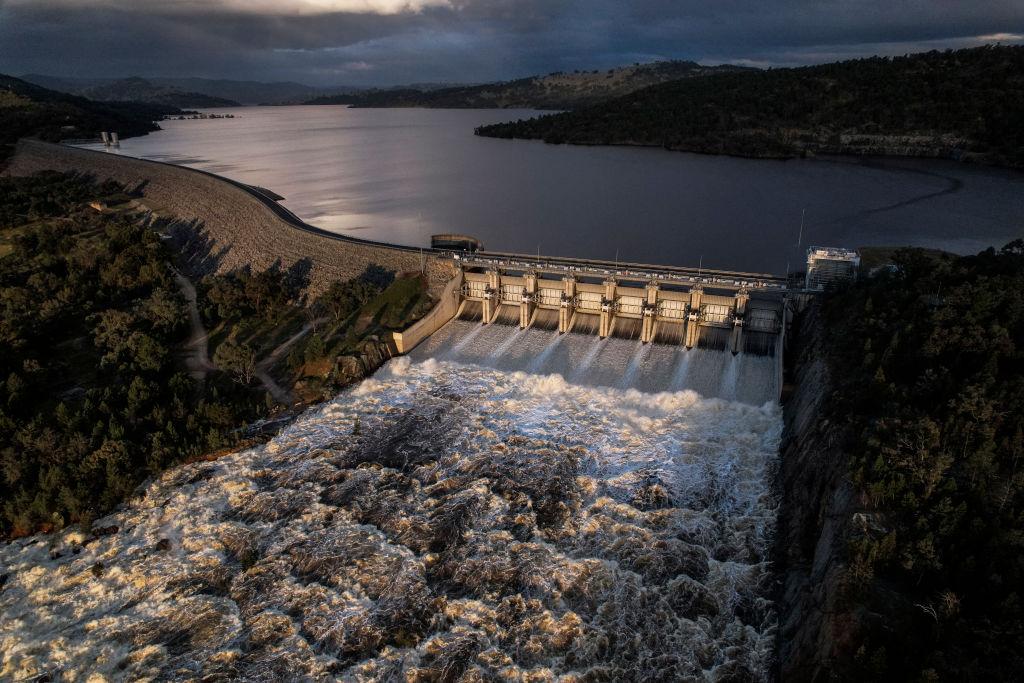The year 2021 was Australia’s coolest year in almost a decade and also the nation’s wettest in five years, according to the Bureau of Meteorology’s Annual Climate Statement, released on Thursday.
While the mean temperature was 0.56 degrees celsius (33 degrees Fahrenheit) above the 1961 to 1990 reference period, 2021 was around 0.4 degrees celsius cooler (32.4 degrees Fahrenheit) than the average temperature between 2011 and 2020.





